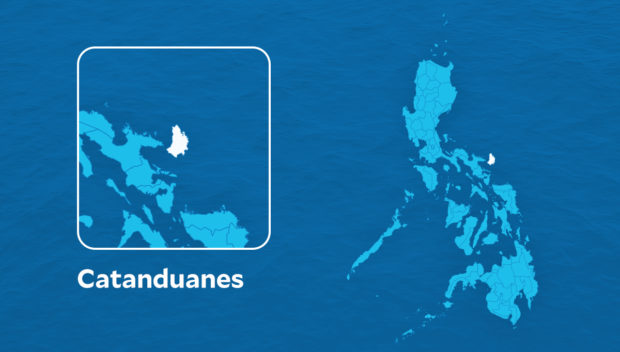Mind your mangroves: Green groups cite wasteful project

MANILA, Philippines — A coalition of environmentalists has called out the Catanduanes provincial government for planting the wrong mangrove species during a recent tree planting activity, citing it as a wasteful exercise.
In a letter addressed to the province’s environment and natural resources office, at least eight environmental groups led by Raise for Habitat also asked whether a baseline study was made or consultations with the community and local experts were conducted prior to the project.
“We recognize your initiative, but [we] hope to stop the government from wasting more resources by issuing effective and coherent regulations, and establishing provincial-wide protocols for proper mangrove planting and zonation,” the groups said in the letter sent on Monday.
In a social post on June 21, the Catanduanes provincial government reported about its mangrove planting activity at Barangay Bon-ot, San Andres town.
Being an island province, Catanduanes — or its coastal communities — is vulnerable to storm surges and sea level rise, hazards that can be mitigated by mangrove forests, according to Emman Tayo, chief campaigner of Raise for Habitat.
Article continues after this advertisementLow survival rate
However, conservationist groups noticed that the volunteers planted the Rhizophora variety — known as “bakhaw babae” among the locals — at a seaward zone alongside two other mangrove types, the Sonneratia (“pagatpat”) and Avicennia (“bungalon”). The seaward zone refers to sandy areas that can host plants highly adaptable to saline water.
Article continues after this advertisementMangrove Matters PH founder and co-petitioner Matthew Tabilog explained that the Rhizophora species usually thrives in the midward zone, a muddy area with lower salinity.
When planted in the wrong zone, Rhizophoras will likely have a lower survival rate and end up “competing” with the other existing mangroves.
Tayo said Rhizophora is especially vulnerable to barnacle infestation, which can spread to the other mangroves and ultimately kill them.
“So what they did was ‘planting by convenience’ and it’s possible they didn’t know about the mangrove zonation,” Tabilog said. “To think that the DENR (Department of Environment and Natural Resources) is the highest authority in conservation, it’s really ironic that they’re doing this kind of thing.”
Based on estimates, planting 50 propagules or seedlings of mangroves cost at least P10,000.
Proper protocols
“This letter is really a call to action for efficient resource use and conservation of mangroves,” he said. “We want to normalize proper protocols because for sure there will be many government and private-led mangrove planting activities and this is not the first time we’ve encountered (malpractices).”
Local governments, he said, are advised to do baseline studies and consultations first to make sure they are planting species suitable for their local mangrove zones.
As to the seedlings that were already planted, Tabilog suggested that they be transferred to a nursery first and had them replanted in the right zone once they’ve grown a meter high.